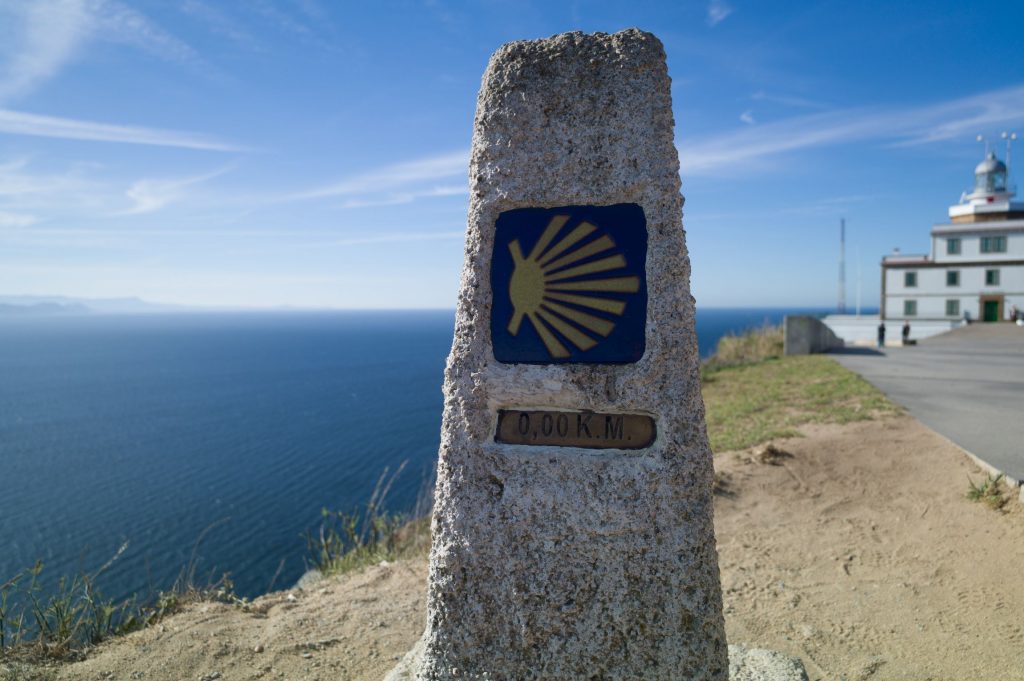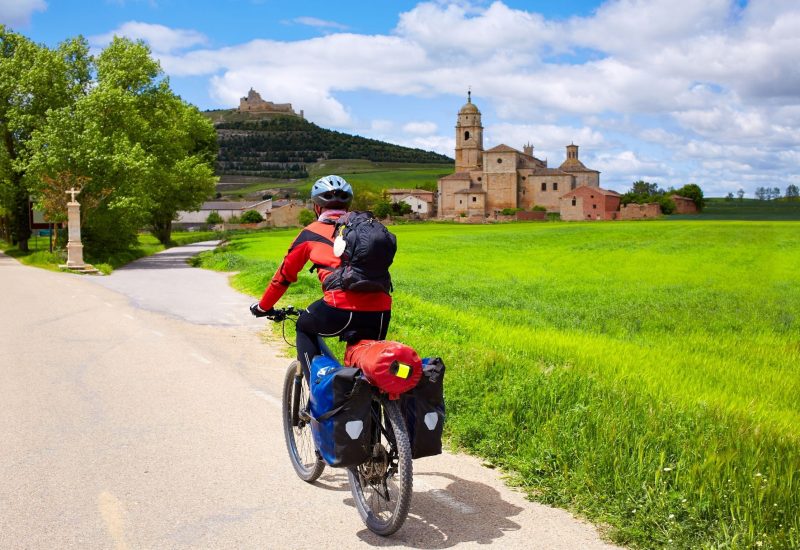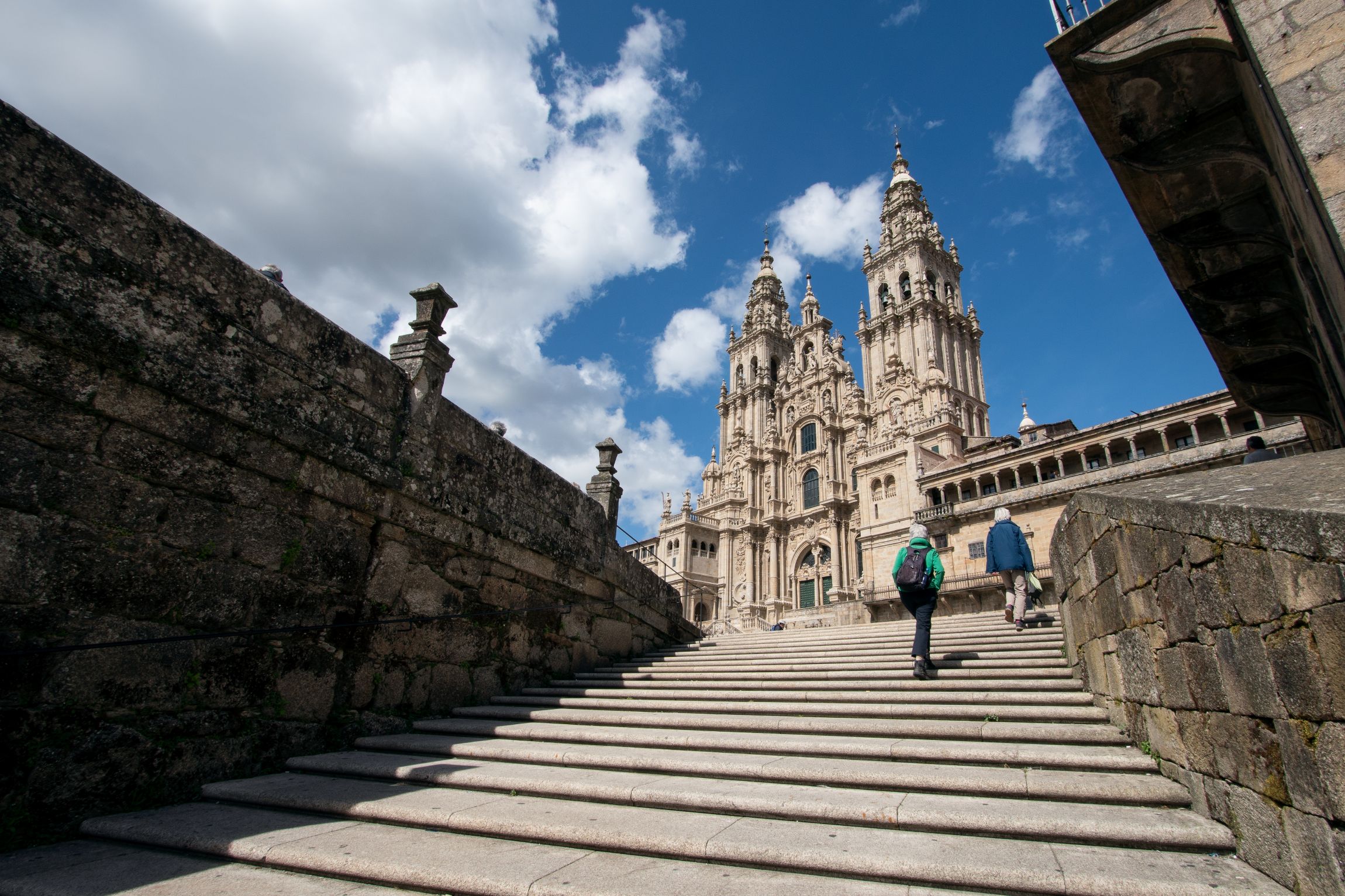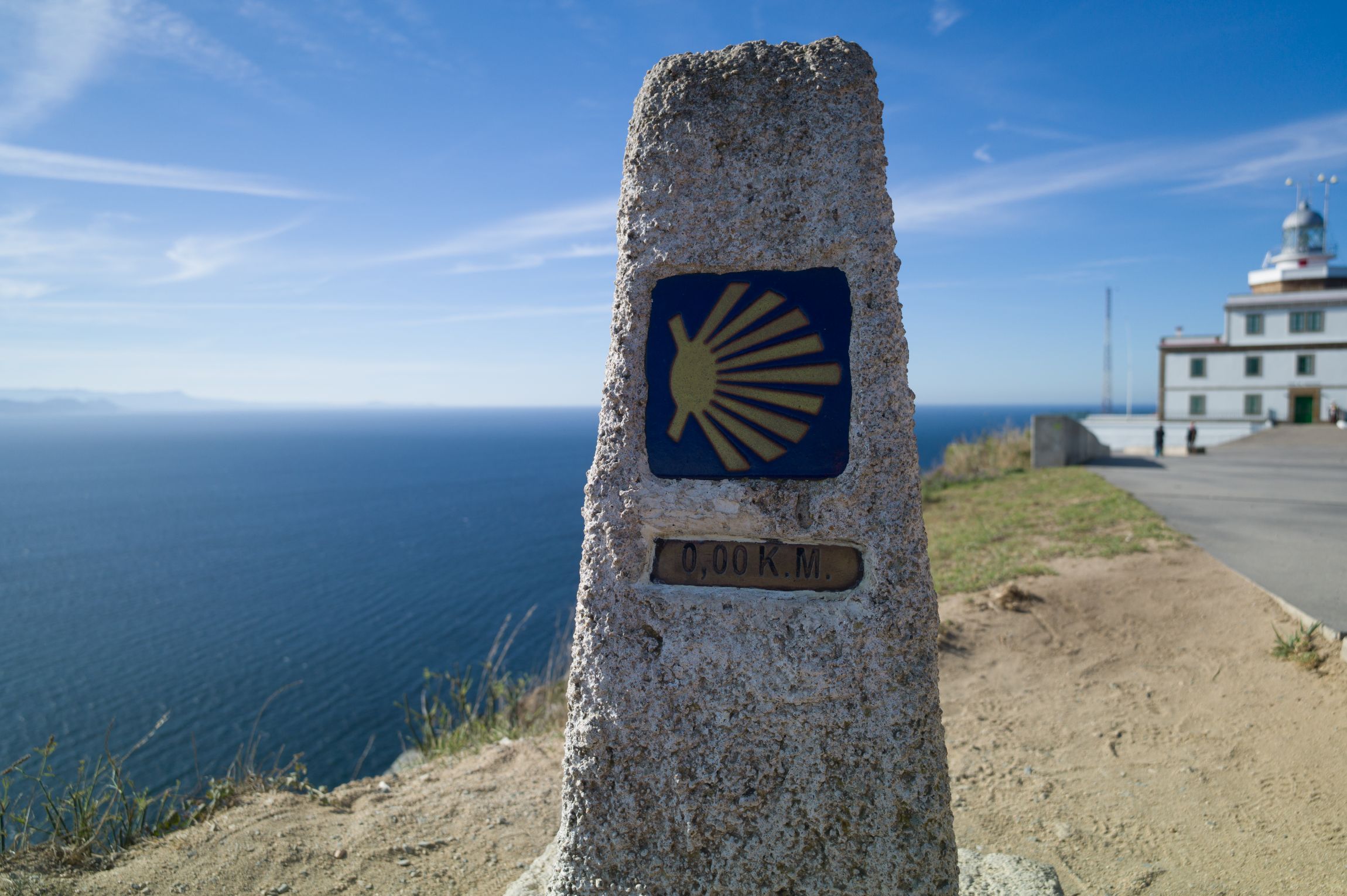Interesting Camino Facts
What is the meaning of Camino de Santiago? How many Camino routes are there? Where does the Camino de Santiago start?
Whether you are considering ‘doing the Camino’ at last, researching if a Camino de Santiago pilgrimage is for you or starting to plan this very special travel experience, we have compiled 15 interesting Camino facts every pilgrim should know about before setting off on their journey.
Are you ready?
15 Interesting Camino facts
- Camino de Santiago means the Way of St James and refers to the pilgrim trails to Santiago de Compostela in Galicia, North West of Spain
- The name Santiago de Compostela means St James of the Field of Stars and refers to the legend of how a shepherd followed a star and found the remains of St James the Apostle in the 9th century.
- Pilgrims of all ages and backgrounds from all over the world travel to Santiago de Compostela and walk the Camino de Santiago each year. 442,073 pilgrims arrived in Santiago in 2023 alone but many thousands more walk other Camino stages in France, Spain or Portugal each year.
- While most pilgrims walk the Camino de Santiago (around 90% of all pilgrims), it is also possible to cycle or do it on horseback.
- The Pilgrims Office in Santiago issues a ‘Compostela’ pilgrim certificate to those pilgrims arriving in Santiago that have walked at least the last 100kms of any of the Camino routes; or completed 200kms by bike or horseback.
- There are many Camino de Santiago routes but the Camino Frances is the best known of all, featuring in movies such as Martin Sheen’s The Way, I’ll Push You, as well as many books and documentaries.
- However the oldest Camino route is in fact the Camino Primitivo which starts in the city of Oviedo, Asturias. It was the route taken by the King to confirm the discovery of the remains of St James in the 9th century.
- The scallop shell is a symbol of the Camino de Santiago as pilgrims used to bring it back from their pilgrimage as a souvenir or proof that they had completed it.
- Camino pilgrims carry a ‘pilgrim passport’ known as ‘credencial’ in Spanish, to track their progress along the way, stamping it in restaurants and cafes, churches, hotels, hostels, shops…
- The Codex Calixtinus, a manuscript written in the 12th century, is considered the first ‘Camino guidebook’, written by French monk Aymeric Picaud for Pope Calixtus II. It describes in detail what it was to go on pilgrimage on the Camino Frances in those times. This precious book is one of the treasures at Santiago de Compostela Cathedral.
- While it is a pilgrimage in origin, the Camino de Santiago welcomes pilgrims of all backgrounds and creeds, whether they are religious, spiritual or are attracted to the Camino for its history and culture.
- It is believed the body of St James the Apostle was carried on a stone boat back to Galicia and the first place they landed was Padron, on the Camino Portugues.
- Many pilgrims continue their journey beyond Santiago de Compostela, on to Cape Fisterra where you will find the KM0 marker and believed to be a place of pilgrimage pre-dating Christianity.
- A year is considered a Camino ‘Holy Year’ or Xacobeo if the Feast of Saint James, 25th July, falls on a Sunday. A very special time for Camino pilgrims.
- Camino pilgrims and locals often greet each other with a ‘Buen Camino!’ or ‘Bon Camiño’, which means ‘have a good journey!’.
If you’d like to experience the magic of the Camino de Santiago, at JWT Camino we have a schedule of CAMINO GUIDED TOURS, led by local guides; contact our travel team! We can also organise a tailor-made trip for your group such a charity or school.
We hope you enjoyed these interesting Camino Facts.
Find more interesting articles and practical travel tips for your Camino adventure on our TRAVEL BLOG.
Contact Us
Fill in this form to let us know the Camino you have in mind and request a call back or an email with travel suggestions. Sign up to the JWT newsletter to be the first one to receive tips, special offers and information about new tours by email.







